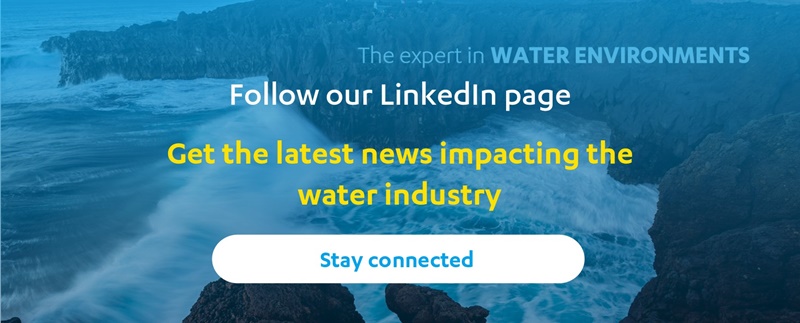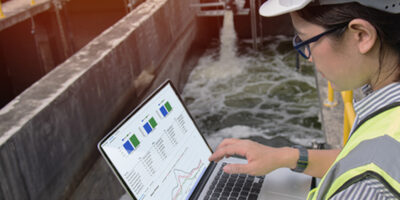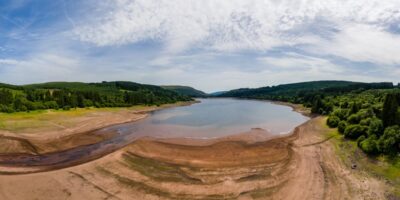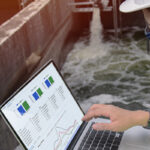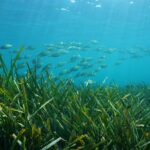2020 marks the start of not just a new year, but a fresh new decade – a perfect time to reflect upon what is coming and prioritise where to focus efforts next.
The water industry will most likely endure several changes in the years to come due to rapid urbanisation, severe climate changes, rising customer demands and the implementation of emerging digital technologies. These changes will leave the industry with a complex set of challenges that should be addressed and adopted to in order to stay competitive.
In this context, it’s now time to question today’s thinking by considering which obstacles are coming and how the industry can turn such into opportunities that benefit businesses, their customers and perhaps most importantly, the environment. It is safe to say, that the Water Industry is standing in front of a broad scale of issues which makes the topics below just extracts of some of the concerns that global water businesses currently are or will face over the coming years.
From acting on the growing effects of extreme weather to considering how smart technologies can create opportunities, here are five challenges as well as opportunities impacting the water industry throughout the next decade.
-
Acting on the mounting effects of extreme weather events
Most climate changes are related to water in one way or another by affecting agricultural production, sea level rise, wildfires, drought and extreme weather. Sea level rise and extreme storm surges will affect coastal areas where approximately half of the global population in 2025 will be living within 200 km from the coast. Several measures can be taken to protect coastal communities against severe future flooding. Hard engineering structures such as seawalls, dikes and levees can help in some areas, but more sophisticated technologies such as modelling software and simulations can enable understanding of the vulnerabilities and suggest solutions to best address storm surge risk and capacity of the storm water infrastructure.
-
Protecting agricultural production
According to the UN, the world population is expected to reach more than nine billion people in 2050. To make sure there is enough food to feed this growing population, it is estimated that the global food production needs to be increased by 70%. This includes growth in cereal and crop production. It also requires more arable land, with more extensive and efficient irrigation. All of this will challenge water resources and ecosystems. In order to be sustainable, efficient irrigation management and technics such as erosion risk management, flood warning systems and precision farming systems are all methods that can be used to optimise agricultural production using minimum amounts of water as possible.
-
Reusing wastewater to support a circular economy
Traditional investment, planning, design and operation are linear in nature. Water is extracted from the source, quality checked, used and the wastewater is then treated and discharged in a receiving water body. However, wastewater and its discharged sludge contains a great number of valuable resources such as nitrogen, phosphorus, energy and other nutrients that can be recovered and reused in a circular economy in order to protect scarce and threatened resources. By transitioning from a linear model to a more circular one, focus is placed on reducing water consumption and to achieve the overall objective of resource efficiency. Achieving this objective will require rethinking the traditional wastewater treatment models.
-
A customer-led revolution
As time changes, customers and consumers are more than ever empowered by digital technology. As a result, they continuously expect better and more personalised products and services to optimise their work, way of life and help them reach their goals. To meet these expectations, businesses must deal with the reality of an empowered customer. In this customer lead world, the Water Industry is continuously challenged to examine how to develop solutions in co-creation with customers. When this is achieved, there will be good opportunities for establishing long-term customer relationships and at the same time addressing how to reduce water consumption.
-
Smart and intelligent network technologies
Smart water network solutions improve the efficiency and reliability of the physical water infrastructure by better collecting and analysing data. The use of Internet of Things (IoT) devices and data analytics not only help to better manage infrastructure and reduce non-revenue water losses, but also supports important changes to the ways in which water utilities and companies operate. Smart end-to-end water networks offer the opportunity to improve productivity and efficiency while enhancing customer service.
Despite the above, no one can be completely sure and predict which direction the water industry will take over the coming years and decade. However, it could be highly beneficial for businesses to take a closer look at some of the most likely challenges and scenarios the industry is facing in order to determine how to embrace the opportunities.
By empathising these five challenges and opportunities, we hope to trigger conversations about some of the future scenarios impacting the water industry. Stay updated on our LinkedIn page to learn how DHI continuously solves water related issues by turning challenges into opportunities and solutions.
